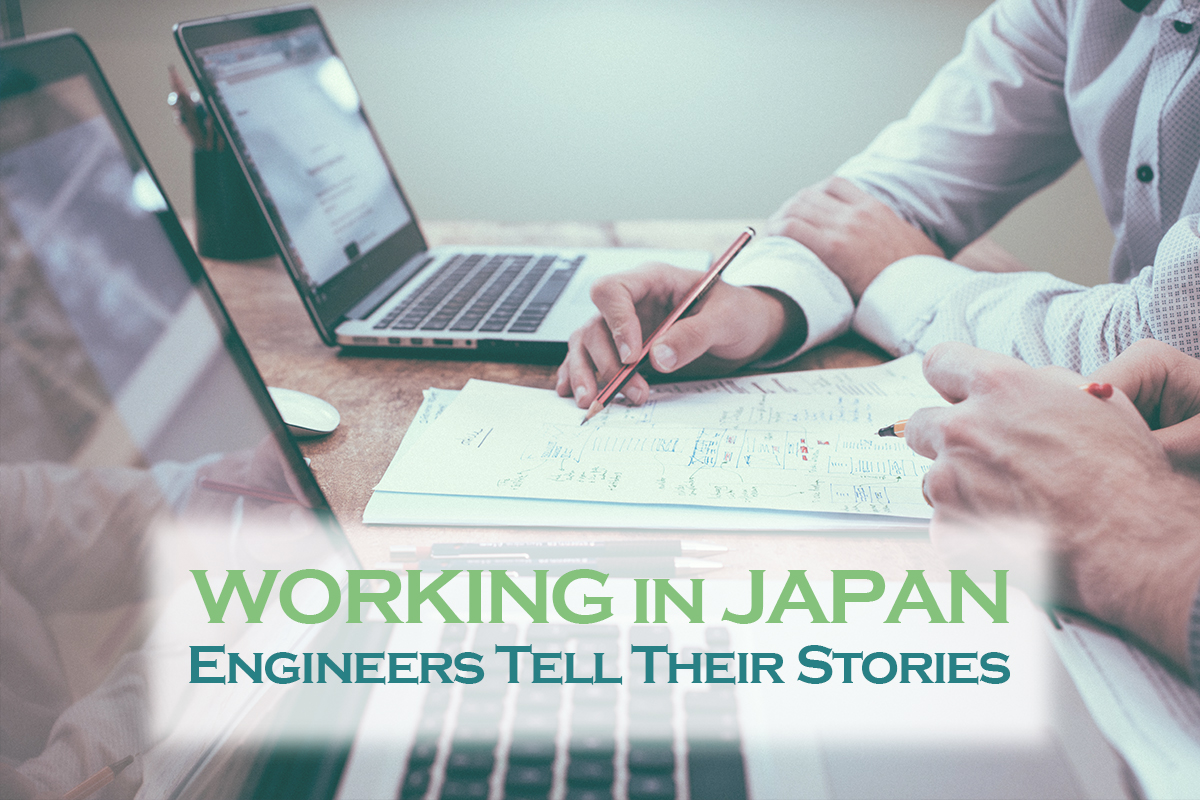A Workday in the Life of an Engineer in Japan

by Dong-hun
For the second article in this series, Dong-hun has taken over the keyboard.
Let me show you what a typical day looks like at a Japanese company. I have been working in Japan as a web engineer for the past 3 years. Daily schedules are not set in stone. They depend on the company, position, project status, and more. If you still want to know, let me give you a concrete example: My work day as a back-end engineer. For complete transparency; I am mainly using PHP and MySQL, and am recently attempting to learn more about servers in my downtime.
コンテンツ
Going to work
In the morning I like to take things slow, so my day starts around 8:00 am. I leave the house around 9:00. On the train, I usually check the IT news and start thinking about my tasks for the day. Sometimes I just read a good book.
Daily schedule
This is what a typical work day looks like for me.
- 10:00 Morning assembly
- 10:30 Team meeting
- 11:00 Tasks
- 12:30 Lunch
- 13:30 Tasks
- 16:00 Review, continuing tasks
- 18:00 Daily report, progress/schedule check
- 19:00 Going home
Business start!
My company starts at 10:00. Every morning begins with a morning assembly (朝礼、ちょうれい), where the whole department comes together. It usually takes around 15 minutes. Before coming to Japan I had never heard of morning assemblies but the purpose of these daily meetings is to create a space for communication and information exchange.
In the team meeting afterward, people that work on the same project get together. We share our work progress and discuss the schedule for the day.
Each member has his own task. At the moment I am doing scrum development, and my other team members are working on back-end and front-end. Sharing our progress, delays, and plans for the day, helps the project proceed more smoothly.
During the day
For me, day-to-day activities greatly depend on the project stage. From preparation to completion and review my tasks vary quite a bit.
Before the project
Before we start a project, we have to decide the scale, do the planning, scheduling, and a lot of research. Aside from the technical aspects, we also have to consider the project management side, estimating the costs and necessary hours for the project.
At this stage, I am usually responsible for outlining the project and for the research. During the planning process we are researching the necessary technologies and share our findings in regular meetings to decide what to use and how to proceed.
For research before the start of the project, time is of the essence, and rather than doing it detailed, it is done broadly to allow for cost and time estimates.
During the project
When the conditions are set, the plan is fixed, and the estimates are out, it’s time to kick-start the actual project. It’s time to begin designing algorithms for databases and functions.
In my team, we do most of the database design during the planning stage but in the name of efficiency that’s not always the case.
As soon as the database design has taken shape, we start with the actual implementation process, simultaneously developing and implementing the algorithm.
At this point, we will also research the technology we need for the project in more detail and adapt it as necessary. However, despite the initial screening, sometimes it turns out that we cannot use the technology we thought we could. In such cases, I look back at previous projects to find a solution.
End of the project
After all the work is done we have a review session as a team. At these meetings, we check for bugs, but the bigger goal is to improve the code overall. Everyone tests the part they were responsible for themselves, then we do a collective test with all parts brought together. During this testing and review process, I get a lot of feedback from other members which helps me to continuously increase my skills.
Reviewing the day
Around 18:00 I pause whatever task I am doing at the time and check how far I’ve come that day. Did I do everything that I was supposed to? Did I run into any troubles?
Based on these questions I prepare my report for the morning meeting the next day. Sometimes we have overtime, but it doesn’t happen very often.
After I made my schedule for the next day, I write a daily report, called 日報 (にっぽう). Looking back on the day allows me to see where I made progress, organize the things I learned and noticed, and it also helps me to keep track of my goals and to set new ones.
Leaving the office
Around 19:00 I am done with my work for the day and leave the office. Some days I go straight home, on other days I go out with my coworkers for some drinks, join one of my company’s club activities (we have a lot of clubs – sports, photography, food – there’s something for everyone), or study somewhere.
During my first year here, I spent many hours after work studying Japanese. Even at home, I would often watch Japanese TV-series or listen to the radio to practice my listening and speaking skills.
Nowadays, I still study Japanese occasionally, but most of my time I focus on learning new skills or looking up things that I found interesting or difficult during work.
A new normal
While working in Japan I encountered a lot of things for the first time in my life. I couldn’t always understand why we would do something a certain way. Issues with my Japanese skills and terminology also caused a few detours along the way. Since you are reading this article you might be experiencing similar issues yourself.
I have learned a lot since then. What was unfamiliar at first has now become so natural to me, I barely think about it anymore.
I cannot speak to what a typical day at your company will be like, but I hope this article can give you an idea of what you work schedule might look like.
Ready for work in Japan?
You can always search for yourself, you can also let others do the work for you. Diversity HR, an IT job placement service from Zenken Corporation, will keep you informed about current jobs and introduce you directly to positions that match your profile. The service is open to all foreigners currently living in Japan and other parts of Asia. How about giving it a try? The button below takes you to the entry form. If you want to know more first, check out our guide on how to use the service.
Recommended Posts

How to Get Along with Your Japanese Boss
25 5月 2021 - Work, Working Culture

The 10 Most Popular Japanese Companies in 2021
19 5月 2021 - Work

